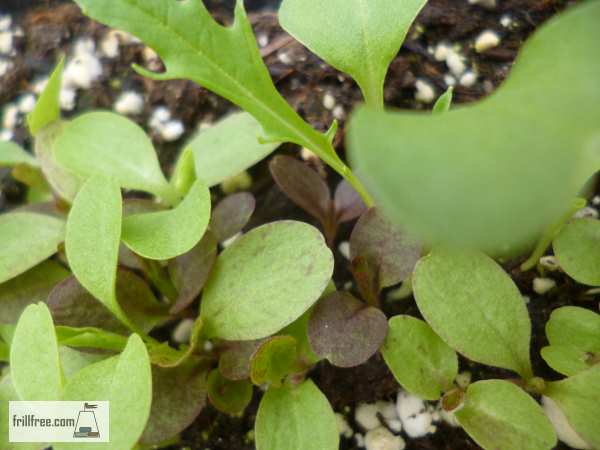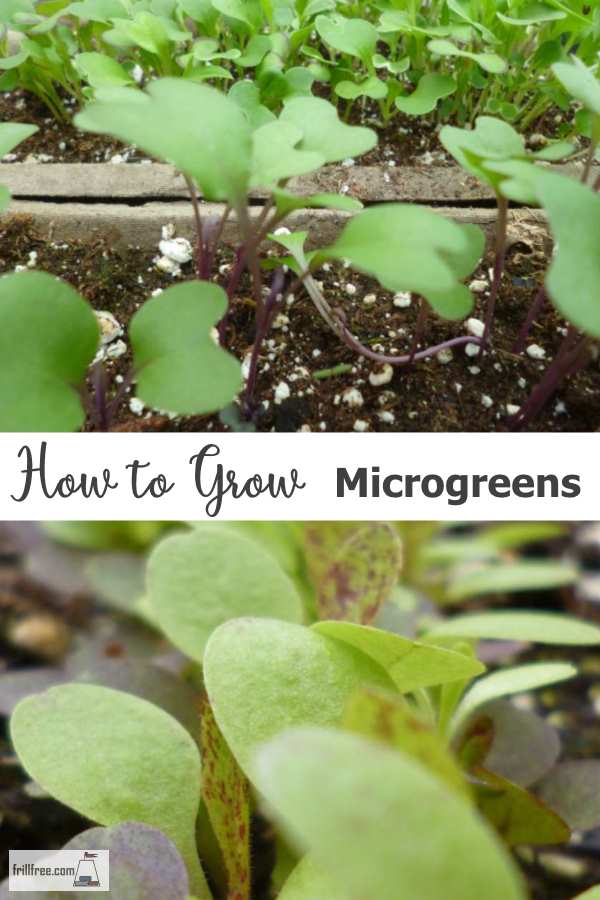- Homesteading
- Growing Vegetables
- How to Grow Micro Greens
How to Grow Micro Greens
Delicious first salads for a springtime treat
Micro greens are so popular, and rightly so; they can grow big enough for a tasty salad or garnish for sandwiches in just a few weeks, to soothe those early spring cravings.
Usually, the seeds for micro greens are found already mixed together in a package. They also go by the name 'mesclun' or mix.
They can vary in what exact plants go into them, but generally they contain some lettuce, mixed with other fast growing greens like kale, spinach, mustard greens and often Chinese stir fry plants.
The trick is to grow them quickly so they don't have time to get woody.
I harvest them frequently once they get to a few inches high, and they are also known as 'cut and come again' salads because they do just that; cutting them off and leaving the roots behind means that they'll continue to sprout with even more vigorous and rapid growth.
 Beautiful healthy baby greens - palest green, splashed with red spots, curly, dappled or finely cut, the variety in textures is endless...
Beautiful healthy baby greens - palest green, splashed with red spots, curly, dappled or finely cut, the variety in textures is endless...As an added bonus, these aren't just beautiful, they're also very nutritious. The tiny plants contain an astonishing amount of vitamins. Tasty, and gorgeous on the plate? What could be better?
So, seeding micro greens is best done early in the spring in a cold frame or greenhouse and used as a bridging crop.
They grow so well in shallow trays that this is my preferred system; seeding thinly into rows in a propagation flat means that they're easy to cut with a pair of scissors.
If you like, the seedlings can be cut once, then planted out into regular garden beds to continue to produce more salad greens once the weather warms up.
Generally, these grow so quickly that they don't need any kind of fertilizer, and in fact, it's not recommended that you use any kind of manure based compost or water with compost tea; this is due to the fact that the leaves are eaten raw, and could be potentially contaminated with E. coli or Salmonella, which cause intestinal upsets.
Always rinse off the greens before eating - spread them on a paper towel or use a salad spinner to get most of the moisture off.
















